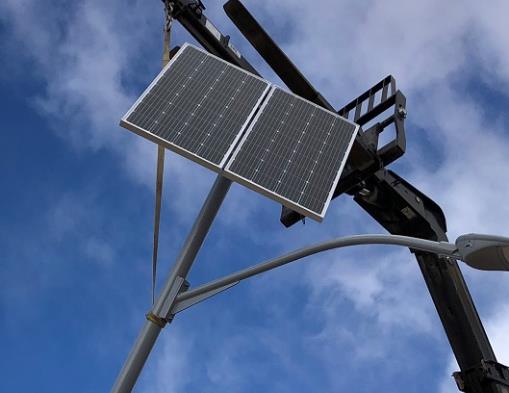How Much Do Solar Panel Manufacturing Costs Affect Price?
The price tag on solar panels isn't just a random number. It's a reflection of a sophisticated dance of factors, from the raw materials and technology to labor and shipping. However, one of the heavyweight champions in determining this cost is the solar panel manufacturing costs. Let's dive deep into how these costs stack up and influence the final price you see on the market.

The Breakdown of Manufacturing Costs
Manufacturing solar panels is no small feat. It involves a complex process of converting raw materials into photovoltaic cells and assembling those cells into panels. Here's the kicker: the materials themselves, such as silicon, silver, and aluminum, can fluctuate wildly in price based on global supply and demand. For instance, high-purity silicon, the heart of most solar cells, can account for 20-40% of the total manufacturing costs.
Innovation and Efficiency: A Pricey Combo
Advancements in technology play a crucial role in enhancing solar panel efficiency but don't come cheap. Research and development (R&D) can gobble up a significant chunk of the budget, aiming to push efficiency rates higher. This pursuit of innovation isn't just for bragging rights. Higher efficiency means a panel can produce more electricity in less space over time, a crucial selling point for consumers with limited roof space.
Labor and Location: The Hidden Influencers
Labor costs can swing dramatically depending on where the panels are made. Manufacturing hubs like China benefit from lower labor costs, which can keep production expenses on the down-low. However, when companies prioritize manufacturing in regions with higher wages, these costs climb, and yes, you guessed it, so does the price of the panels.
Economy of Scale: The Game Changer
Here's where things get interesting. As solar companies ramp up production, they achieve economies of scale, meaning the cost per unit of producing each solar panel drops. This phenomenon allows manufacturers to spread fixed costs, like machinery and R&D, over a larger number of units, ultimately reducing the solar panel manufacturing costs and, by extension, the retail price.
Transportation: The Silent Budget Eater
Don't overlook the journey these panels make from factory to rooftop. Shipping costs, including logistics and tariffs, can add a surprising amount to the final cost. As global trade dynamics shift, so do these expenses, influencing the overall price of solar installations.
The Bottom Line
So, how much do manufacturing costs affect the price of solar panels? Significantly. The entire lifecycle of producing a solar panel, from raw materials to final shipping, directly impacts what consumers pay. As the industry strives for more efficient production methods and economies of scale, we can expect some relief in prices. However, the balance between cutting-edge technology and manufacturing efficiency will always be a delicate dance that shapes the solar market.
Remember, when you invest in solar energy, you're not just buying panels. You're investing in a complex ecosystem of innovation, materials, and labor that brings clean energy to your doorstep. The manufacturing costs are just one piece of the puzzle, but understanding their impact can help demystify the pricing landscape of solar technology.
